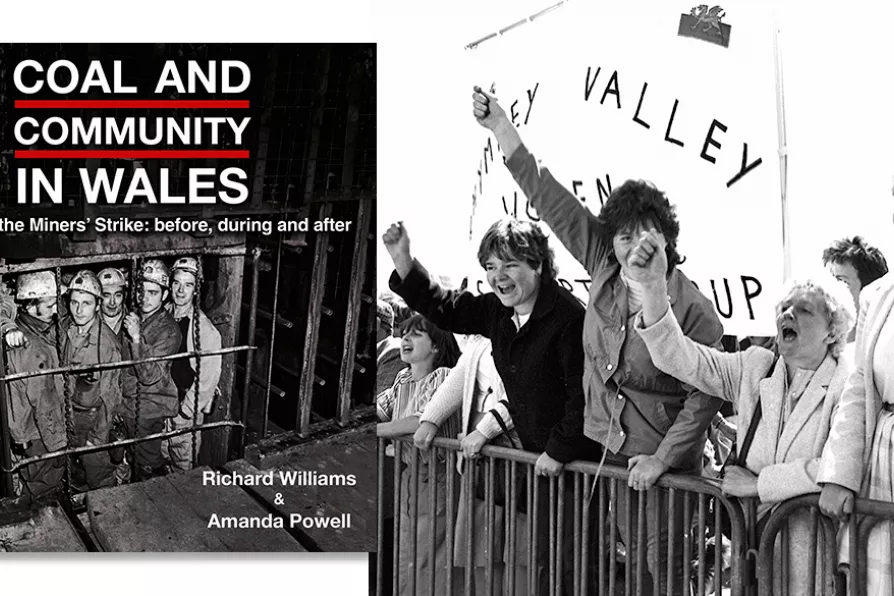ANDY HEDGECOCK picks out his cultural highlights of 2025
What the miners’ strike was really like in Wales
STEVE ANDREW hails a moving and insightful collection of photographs and accounts that document the response of communities in Wales both as class and nation

 Protestors outside the Grand Pavilion in Porthcawl, where Margaret Thatcher was addressing the Welsh Tory Party Conference, June 1984
[© Richard Williams Photography]
Protestors outside the Grand Pavilion in Porthcawl, where Margaret Thatcher was addressing the Welsh Tory Party Conference, June 1984
[© Richard Williams Photography]
Coal and Community in Wales
Images of the Miners Strike: Before, During and After
by Richard Williams and Amanda Powell, YLolfa, £14.99
FORTY years after British miners began a relentless fight in defence of pits, jobs and communities, it is fair to say that the literature examining their struggle is now huge and continues to grow.
The quality of it, however, remains varied. Although there has been a shift away from portraying miners as “the enemy within,” now that is effectively safe to do so, many accounts remain either narrowly sectarian or overly romantic and sentimental in their approach.
Fortunately, Coal and Community in Wales is neither of these and, to my mind, is a real people’s history that uses image and text skilfully to capture the strike as a lived experience.
Similar stories

Ben Cowles speaks with IAN ‘TREE’ ROBINSON and ANDY DAVIES, two of the string pullers behind the Manchester Punk Festival, ahead of its 10th year show later this month

In an exhibition of the graphic art of Lorna Miller, MATT KERR takes a lungful of the oxygen of dissent

CAROLINE FOWLER explains how the slave trade helped establish the ‘golden age’ of Dutch painting and where to find its hidden traces

The Morning Star sorts the good eggs from the rotten scoundrels of the year










